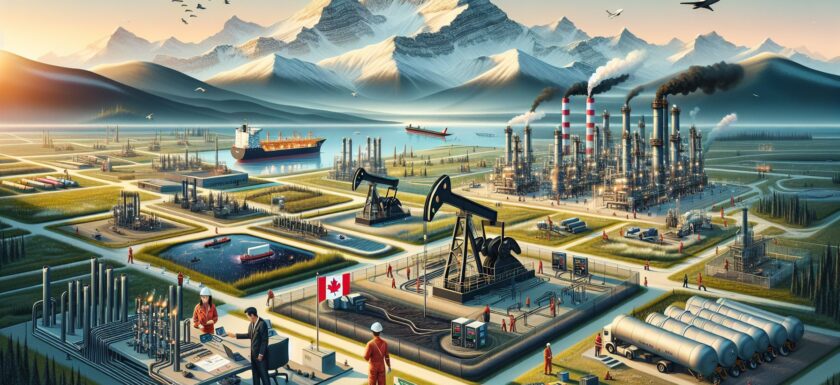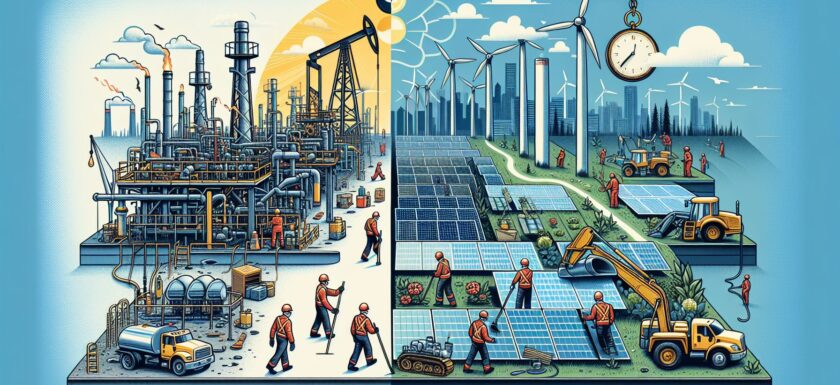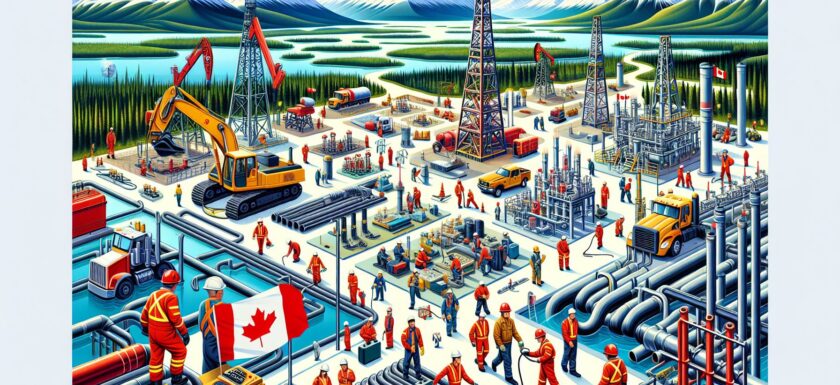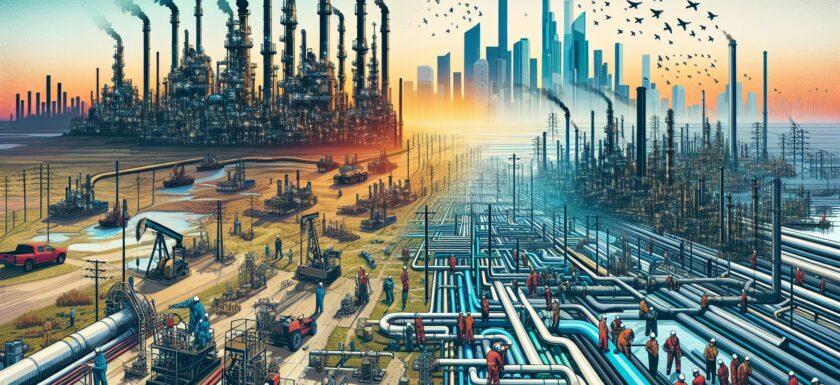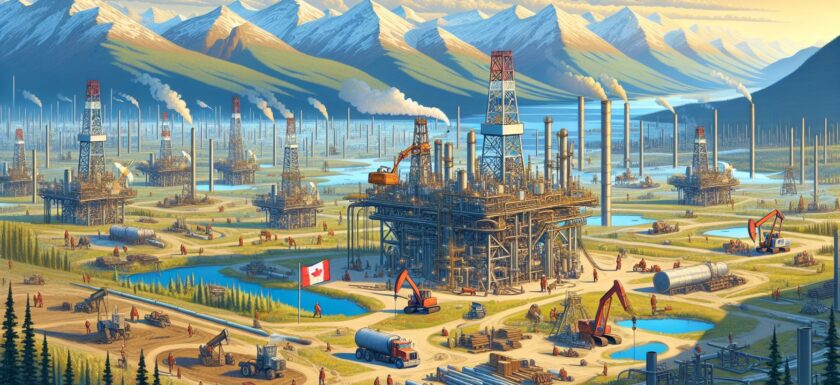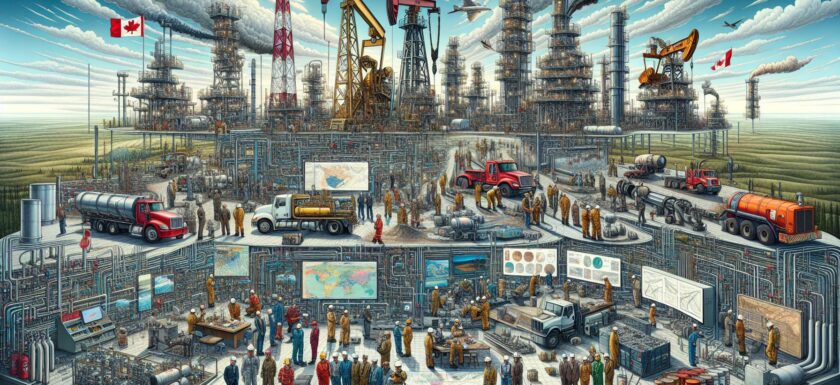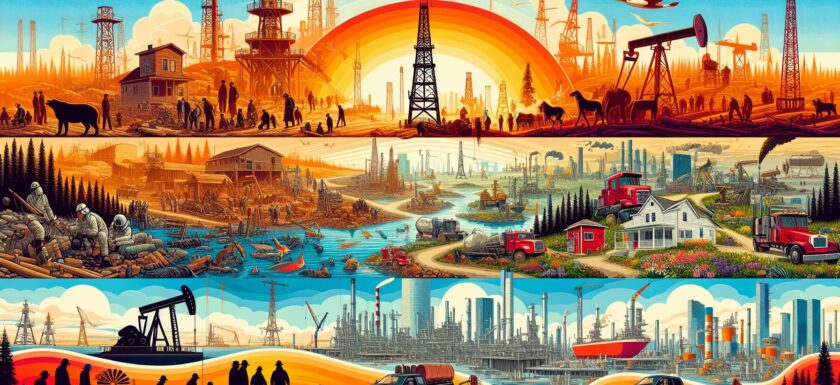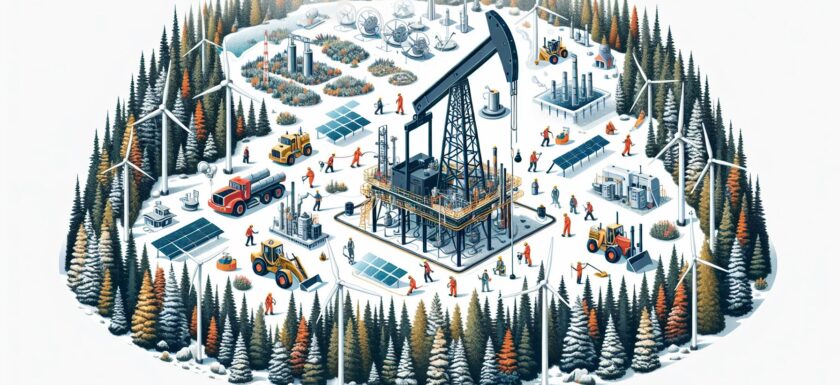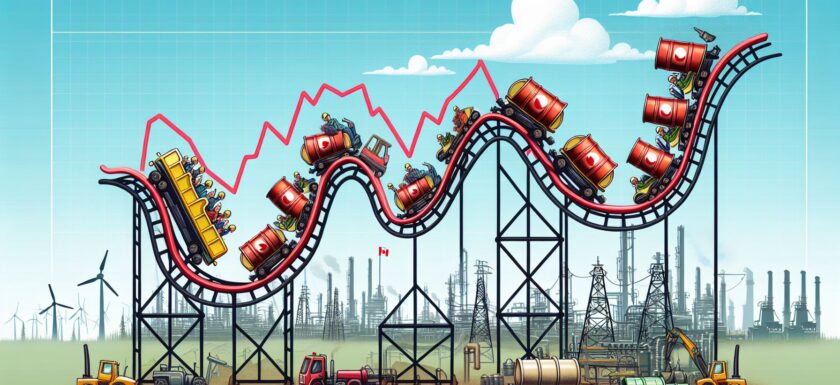The Enigmatic World of Canadian Oil & Gas Industry
As we delve into the deep, murky waters of the Canadian oil and gas industry, it is impossible not to be mesmerized by the complexity and the sheer size of this enigmatic sector. A world where profits soar to the sky, and controversies run rampant like wildfires in the boreal forests. Canada’s oil and gas industry is a true puzzle, with more twists and turns than a raging river cutting through the mountains.
The story of Canada’s oil and gas industry is one of contradictions. On one hand, it is the backbone of the country’s economy, providing thousands of jobs and billions of dollars in revenue. On the other hand, it is a lightning rod for environmental activists and indigenous communities who see it as a threat to their way of life and the planet as a whole.
The oil sands in Alberta, often referred to as tar sands by critics, are the jewel in the crown of Canada’s oil and gas industry. These vast reserves of bitumen are a key source of crude oil production in the country, making Canada one of the top oil producers in the world. But the extraction of oil from the sands is a dirty and energy-intensive process, leading to significant greenhouse gas emissions and environmental degradation.
The debate over the oil sands is just one of the many controversies that plague the Canadian oil and gas industry. From pipeline projects facing fierce opposition to the impact of hydraulic fracturing on local communities, the industry is constantly under scrutiny from all sides. And let’s not forget the ever-present specter of climate change, looming like a dark cloud over the future of fossil fuels.
But despite all the challenges and controversies, the Canadian oil and gas industry continues to chug along, fueling the country’s economy and providing energy to millions of people. It is a delicate balancing act, trying to meet the demands of a growing population while also being mindful of the impact on the environment and the communities that live in the shadow of the industry.
In recent years, there has been a growing push towards cleaner and more sustainable forms of energy, putting pressure on the oil and gas industry to adapt or be left behind. Renewable energy sources like wind and solar are becoming increasingly competitive, posing a threat to the dominance of fossil fuels. But with the industry’s deep roots in the Canadian economy, any transition away from oil and gas will not be easy or straightforward.
The future of the Canadian oil and gas industry is uncertain, filled with both opportunities and challenges. As the world grapples with the urgent need to reduce carbon emissions and combat climate change, the industry must find a way to navigate these turbulent waters. Whether it can reinvent itself and embrace a more sustainable path remains to be seen.
In the end, the Canadian oil and gas industry is a fascinating and complex world, full of contradictions and mysteries. It is a sector that is essential to the country’s economy but also fraught with controversy and uncertainty. As we continue to unlock the secrets of this enigmatic industry, one thing is clear – the journey is far from over, and the path ahead is uncertain and full of surprises.




